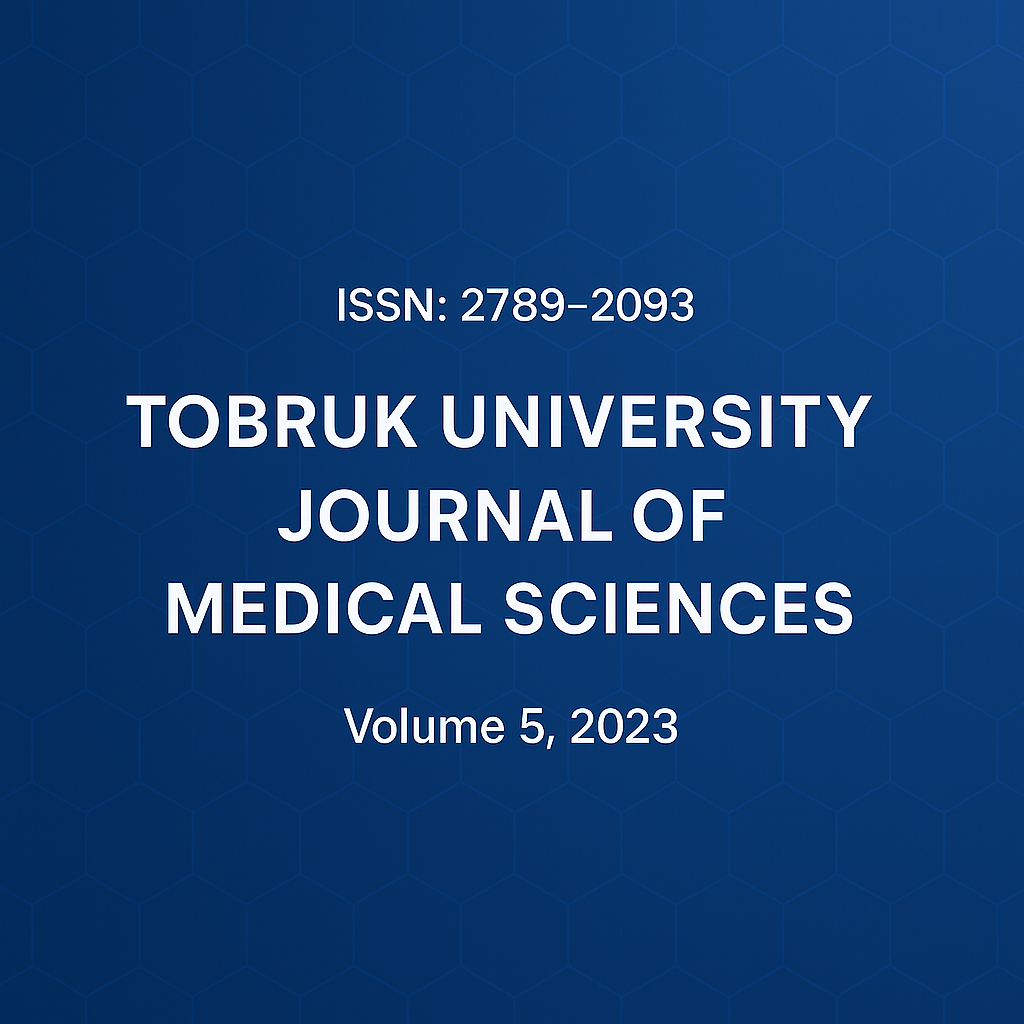Antimicrobial Resistance Profile of Different Clinical Isolates against Rocephin
DOI:
https://doi.org/10.64516/artgap34Keywords:
Rocephin, E. coli spp, Klebseilla spp, urine, swab, Al saleem laboratoryAbstract
Antibiotic-resistant microorganisms lead to more illness and deaths because they make treatments less effective. Therefore, information on antibiotic resistance helps guide the best possible treatment for different patients. Some bacteria, especially Gram-negative types, produce enzymes called beta-lactamases. These enzymes can break down the beta-lactam ring in antibiotics like ceftriaxone (Rocephin), making the drug ineffective. This study aimed to examine antibiotic resistance to Rocephin at Al Saleem Laboratory. A total of 206 patient samples were collected between September and November 2020. The clinical samples included wound swabs, urine, sputum, semen, blood, fluids, and samples from medical devices. These were taken from outpatients, and bacteria were identified using standard microbiology procedures. Antibiotic resistance was tested using the Kirby–Bauer disc diffusion method with Rocephin discs. In total, 604 bacterial isolates were identified—280 (46.3%) from female patients and 324 (53.6%) from male patients. The most common bacteria found were Escherichia coli (39.7%) and Klebsiella species (15.9%). Out of all isolates, 295 (48.8%) were resistant to ceftriaxone, 276 (45.7%) were still susceptible, and 33 (5.5%) had intermediate sensitivity. Resistance to ceftriaxone is increasing. Many of these resistant bacteria also showed resistance to multiple other antibiotics, which may make treatments less effective. Therefore, it's essential to choose the right antibiotic based on susceptibility testing results.
References
1. World Health Organization. Essential Drugs Monitor: Antimicrobial Drug Resistance: A Global Threat. Geneva: WHO; 2000.
2. Clinical and Laboratory Standards Institute (CLSI). Performance Standards for Antimicrobial Susceptibility Testing. 23rd Informational Supplement. CLSI document M100-S23. Wayne, PA: CLSI; 2013.
3. Harriet M. Ceftriaxone: An update of its use in the management of community-acquired and nosocomial infections. Drugs. 2002;62(7):1041–89.
4. Fluit AC, Jones ME, Schmitz FJ, et al. Antimicrobial susceptibility and frequency of occurrence of clinical blood isolates in Europe from the SENTRY Antimicrobial Surveillance Program, 1997–1998. Clin Infect Dis. 2000;30:454–60.
5. Walkty A, Adam HJ, Laverdière M, et al. The Canadian Antimicrobial Resistance Alliance (CARA). In vitro activity of ceftobiprole against frequently encountered aerobic and facultative Gram-positive and Gram-negative bacterial pathogens: results of the CANWARD 2007–2009 study. Diagn Microbiol Infect Dis. 2011;69(3):348–55.
6. Thornsberry C, Jones ME, Hickey ML, et al. Resistance surveillance of Streptococcus pneumoniae, Haemophilus influenzae and Moraxella catarrhalis isolated in the United States, 1997–1998. J Antimicrob Chemother. 1999;44:749–59.
7. Ogidi CO, Oyetayo VO. Antibiotic sensitivity of microorganisms. J Res Sci. 2013;9:209–16.
8. Gashe F, Mulisa E, Mekonnen M, Zeleke G. Antimicrobial resistance profile of different clinical isolates against third-generation cephalosporins. J Pharm. 2018;2018:5070742.
9. Oliveira PL, Paula CS, Rocha LD, et al. Antimicrobial susceptibility profile of enterotoxigenic and enteropathogenic Escherichia coli isolates obtained from fecal specimens of children with acute diarrhea. J Bras Patol Med Lab. 2017;53(2):115–8.
10. Clinical and Laboratory Standards Institute (CLSI). Performance Standards for Antimicrobial Susceptibility Testing. 25th Informational Supplement. CLSI document M100-S25. Wayne, PA: CLSI; 2015.
11. Karlowsky JA, Jones ME, Draghi DC, et al. Prevalence and antimicrobial susceptibilities of bacteria isolated from blood cultures of hospitalized patients in the United States in 2002. Ann Clin Microbiol Antimicrob. 2004;3:7.
12. Wong CKM, Kung K, Au-Doung PLW, et al. Antibiotic resistance rates and physician antibiotic prescription patterns of uncomplicated urinary tract infections in southern Chinese primary care. PLoS One. 2017;12(5):e0177266.
13. Asensio A, Alvarez-Espejo T, Fernandez-Crehuet J, et al. Trends in yearly prevalence of third-generation cephalosporin and fluoroquinolone resistant Enterobacteriaceae infections and antimicrobial use in Spanish hospitals, Spain, 1999 to 2010. Euro Surveill. 2011;16(40).
14. Polse R, Yousif S, Assaf M. Prevalence and antimicrobial susceptibility patterns of uropathogenic E. coli among people in Zakho, Iraq. Int J Res Med Sci. 2016;4(4):1219–23.
15. Sabir S, Anjum AA, Ijaz T, et al. Isolation and antibiotic susceptibility of E. coli from urinary tract infections in a tertiary care hospital. Pak J Med Sci. 2014;30(2):389–92.
16. Istiantoro Y, Gan V. Penisilin, sefalosporin dan antibiotik betalaktam lainnya. In: Farmakologi dan terapi. 5th ed. Jakarta: FKUI; 2007.
17. Shoaib HM, Baqir SN, Sheikh D, Hashmi HK. Cephalosporin resistance and β-lactamase production in clinical isolates of Staphylococcus aureus in Karachi. Pak J Pharm Sci. 2001;14(2):23–32.
18. Breurec S, Bouchiat C, Sire JM, et al. High third-generation cephalosporin resistant Enterobacteriaceae prevalence rate among neonatal infections in Dakar, Senegal. BMC Infect Dis. 2016;16:587.
19. World Health Organization. Essential Drugs Monitor: Antimicrobial Drug Resistance: A Global Threat. Geneva: WHO; 2000.
20. Baral P, Neupane S, Marasini BP, et al. High prevalence of multidrug resistance in bacterial uropathogens from Kathmandu, Nepal. BMC Res Notes. 2012;5:38.
Downloads
Published
Issue
Section
License
Copyright (c) 2021 Noor-alhooda Milood Al-awkally, Maree Dokally Ali, Fathia Masoud Senossi, Nessren Mousa, Rabeea mohamad Abd Al Hameed, Salah Husayn Aqeelah, Najla M El Hassi, Alreda Miloud Al-awkally Al-awkally (Author)

This work is licensed under a Creative Commons Attribution 4.0 International License.











